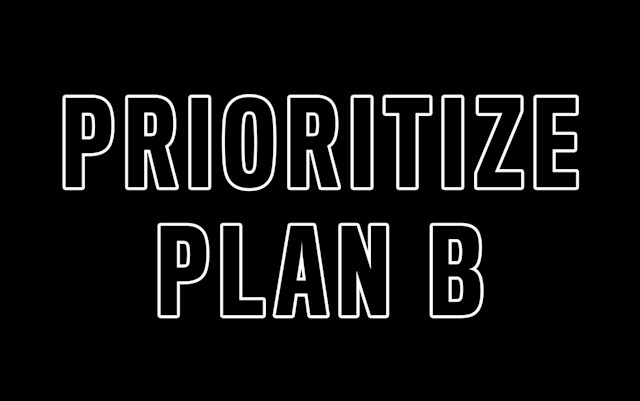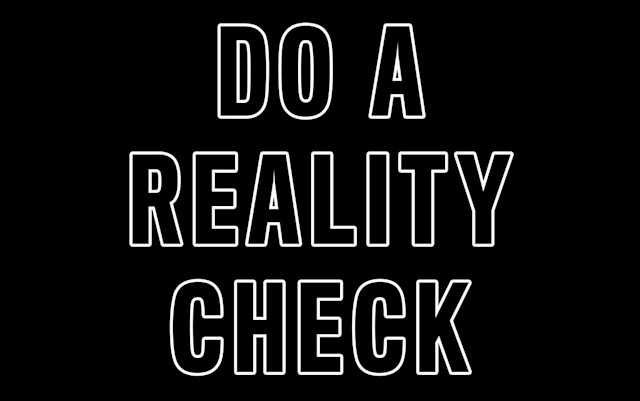
Defensive pessimists are good planners. You can meet and overcome challenges by first imagining how and why plan A might go wrong, then setting up strategies to avoid those adverse outcomes, explains Julie Norem, Ph.D., a professor of psychology at Wellesley College in Massachusetts and a pioneer in related research.
For example, if you think you might skip your morning run because of low temperatures, lay out cold-weather and indoor gear the night before. The extra option will help you pivot to an indoor workout if you decide to skip the mileage. If you know motivation wanes throughout the day but have to exercise at night, you might hold yourself accountable by posting your planned workout to social media hours before it’s scheduled.

Talking through what-could-go-wrong scenarios with friends or teammates can be discouraging and sink others’ moods, says Norem. Make sure they see your pessimism as constructive rather than critical by explaining your style of thinking. Tell your training partners or co-workers that you're considering possible challenges only so you can prepare for them and remain enthusiastic about what’s to come.

For pessimism to become a positive, you need to be able to correct your mindset if you realize your negative anticipations were off base, explains Frieder R. Lang, Ph.D., a professor of psychology at the University of Erlangen-Nürnberg in Germany.
It's good to brace for obstacles and failures on the off chance that they happen. But when a race goes better than expected or you rehab from an injury within weeks when you thought you’d be sidelined for months, take credit for the good outcome.
Employing calculated positive thinking when you’ve succeeded keeps you rooted in reality—and provides an optimistic yin to your pessimistic yang, which helps you avoid unnecessary catastrophizing.

